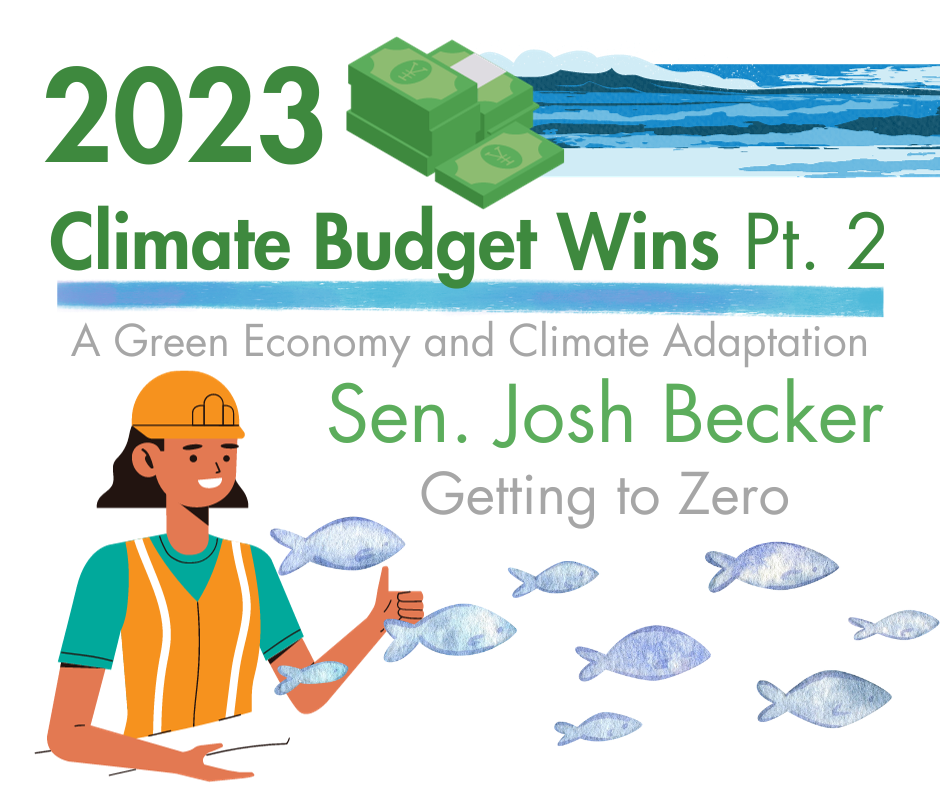I recently had the opportunity to talk about climate policy and politics with eight Members of the European Parliament (MEPs), who were here in the Bay Area to learn more about California’s climate efforts and to talk with some of the local tech companies who are driving innovation on climate and other topics important to the European Union. It was striking to me just how similar our goals and challenges are in tackling the climate crisis. We’ve both set ambitious targets and made significant progress, but we’re both also struggling to accelerate emissions reductions to hit thos
Getting to Zero
Recently, the Governor and the Legislature came together on a budget for the 2023-24 fiscal year. The deal marks the culmination of months of negotiations to create a budget that protects key programs, including those that prioritize fighting climate change, without raising taxes on the middle class. As the Chair of the Senate Budget Subcommittee No. 4, which is responsible for Resources, Environmental Protection and Energy, I worked with my colleagues and stakeholders to prioritize the most cost effective solutions to fight climate change.
In this Getting to Zero post, I share the Governor's climate budget proposals for which I’m most excited and which I believe will be critical in the coming year to meet our state emission reductions targets. The first three categories — EVs and public transportation, clean energy grid, and building electrification — include budget items that target the three largest emission sources in California. Two others — climate change adaptation and mitigation, and clean economy development — highlight policy areas that are essential to help prepare California for future impacts of climate change on the economy and everyday life.
On my way to COP26, I took a pit stop in Portugal to meet with individuals involved in the expansion of the country’s offshore wind plants, which deploy floating offshore wind turbines that California could be using to produce energy. Inspired by the growth of offshore wind in Portugal, I want to reflect upon offshore wind in California — where we are, where we’re going, and how we can get there quicker.
